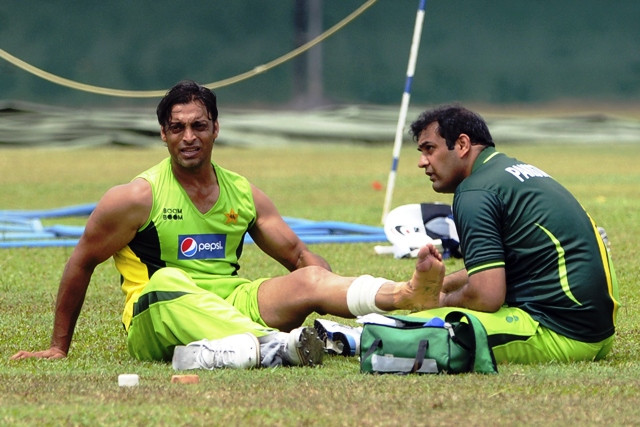There’s no doubt that cricket in the current era has no season with all teams playing round the year.
With so much cricket happening, what then, is the secret to ensuring that fast-bowlers are looked after well and that every player in the squad remains injury-free and is available for every match.
And not only the matches and the training sessions, but how do we make sure that after years of training, they are fit enough to last the six weeks in the World Cup that comes round every four years?
With the intensity of every match increasing as well, it seems a long shot that a fast-bowler can play every format of the game, series after series and still be expected to bowl consistently in the right areas at 150kmph.
To counter this, we tried a whole range of ways in Pakistan. Firstly, having a squad of 16 with an extra fast-bowler or having 17 players for a longer tour was found to be advantageous. That way, you can take a reserve wicketkeeper which helps on lengthy tours.
In the modern era where all the IT geeks are ruling the world, we now use GPS systems to tell us how far a bowler has run in a session, what his heart rate was while he was active and what intensity levels they reached while bowling or running.
This allows the fitness trainer and coaches to understand how the engine is running.It also allowed me to plan the training load for them and when to force the coach to back off or increase the load. We could also predict that an injury was imminent and maybe that a particular player should be rested for a forthcoming match.
In Pakistan, fast-bowling is a different story altogether.
They start playing first-class cricket aged just 16 and bowl unchanged throughout an innings. All this would be done without the use of proper gym facilities or acceptable levels of physical training which makes them even more susceptible to in jury and stress fractures.
Mohammad Amir was a perfect example. By the time he was 18, he had suffered two stress fractures in his back which was why the fitness trainers tried to strengthen his body with regular gym training and field training.
After training as well as actual matches, the recovery process starts immediately with ice baths, pool sessions, stretching, food and massage because in a couple of days, the players have to turn around after travelling and do it all over again.
There’s no doubt that there is no substitute for bowling in an actual match. Geoff Lawson, former Pakistan coach always said that bowlers get fit by bowling in the middle.
It is hard to substitute match-fitness and Pakistan’s recent schedule, that included trips to the UAE and New Zealand really helped prepare them well, especially the fast-bowlers.
Fast-bowlers are our national treasure. We need to make sure that we look after them and prepare the next generation properly.



COMMENTS
Comments are moderated and generally will be posted if they are on-topic and not abusive.
For more information, please see our Comments FAQ